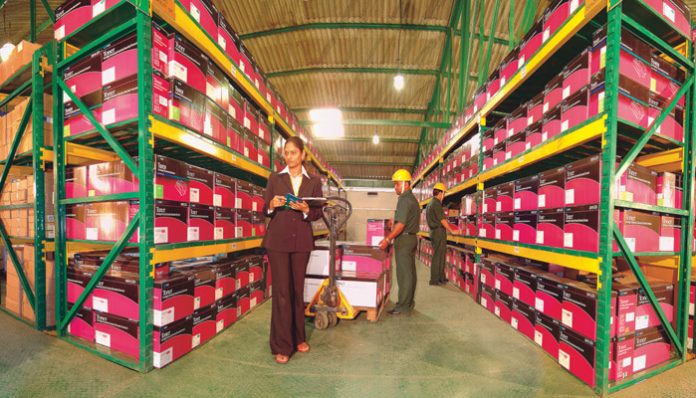Technology is a key enabler to ensure seamless work in warehouses. Vikrant Yadav, Country Manager – India, GreyOrange, shares his views on how technology is helping warehouses be more organised and resourceful.
For decades, supply chains and warehouses across the world have remained technologically starved. Warehouses in India too are poorly managed and cumbersome, making even the most basic operations like sorting, picking, storing and documenting, inefficient and often error-prone and unreliable. Storage and inventory management constitute 60 per cent of the entire supply chain, while warehouse operations make up about 25 per cent of the entire supply chain cost. As the global race for business to stay ahead intensifies, supply chains are increasingly under pressure to deliver higher performance and lower costs. Companies around the world are turning to technology in order to improve operational efficiencies in their warehouses, fulfillment and distribution centers.
Enabling IoT
Advanced technologies such as AI, machine learning and robotic automation can solve these complex problems, enabling a typical increase in throughput by as much as 200 per cent, making these technologies indispensable for running superlative and efficient warehouses. Adoption of these advanced technologies will enable warehouses of the future to be more agile, dynamic and smart. The warehouses will be guided by algorithms which would be deeply influenced by artificial intelligence and machine learning, thus reaching completely different levels of efficiency. With less fixed infrastructure and processes, the warehouses of the future will work on AI and real-time analytics for management of warehouse operations. They will be intelligent enough to anticipate, understand and adapt to the external ecosystem around them (e.g. seasonal peaks, weather conditions etc.). IoT will enable inter-warehouse communication to devise cost-effective ways for quicker deliveries and minimise operational inefficiencies.
The warehouses of the future will deploy a variety of communications, sensing and security technologies at the core. One crucial area where automation is being tested is quality check, with the aim of supplementing human effort. Intelligent systems are going to be deployed that will ensure the best quality products. Through these intelligent systems, even the minor flaws in a product would be detectable. They will reduce the chances of committing errors that could possibly be ignored by the human eye during large scale manufacturing. Newer ways of delivery – from self-driven vehicles to drones are also being contemplated to bolster the delivery mechanism and make warehouses and supply chains more efficient end-to-end.
GST and supply chain
Further, as the Goods and Services Tax (GST) subsumes a range of central and state taxes to turn India into a single market, it removes all variations in local taxation rates that once forced business to operate multiple warehouses across states. Large enterprises, SMEs & end consumers, everyone will reap the benefit from the implementation of GST. The maximum impact of GST will be on the supply chain, as this will enable companies to finally optimise their supply chain networks based on scientific principals and logic, instead of disparate tax structures across the country which has been the case so far.
Currently, business design their supply chains to save taxation. For example, an e-commerce company would like to have its warehouse in each of the states where it sells its products, so that there are no inter-state transportation taxes. However, operating many small warehouses means that the size and capacity of each of these is very small. This, in turn, means that there is not much scope to take advantage of automation. Now, with GST implemented, companies can look to have larger state-of-the-art warehouses in one location as a result of the consolidation of many smaller warehouses spread across various states. Larger facilities would mean millions of packets to be dispatched every day. These gigantic distribution hubs will put immense pressure on the ability of the warehouse to reliably dispatch goods, making the back-end processes of inventory management even more complex. Business cannot rely on the existing infrastructure alone to be able to carry out such a mammoth task. Adoption of robotic automation will be imperative to address these challenges. This is where GreyOrange products play a critical role-to automate the warehouses in order to make these more efficient and accurate.
(The views expressed are solely of the author. The publication may or may not subscribe to the same.)
Vikrant Yadav
Country Manager – India GreyOrange















